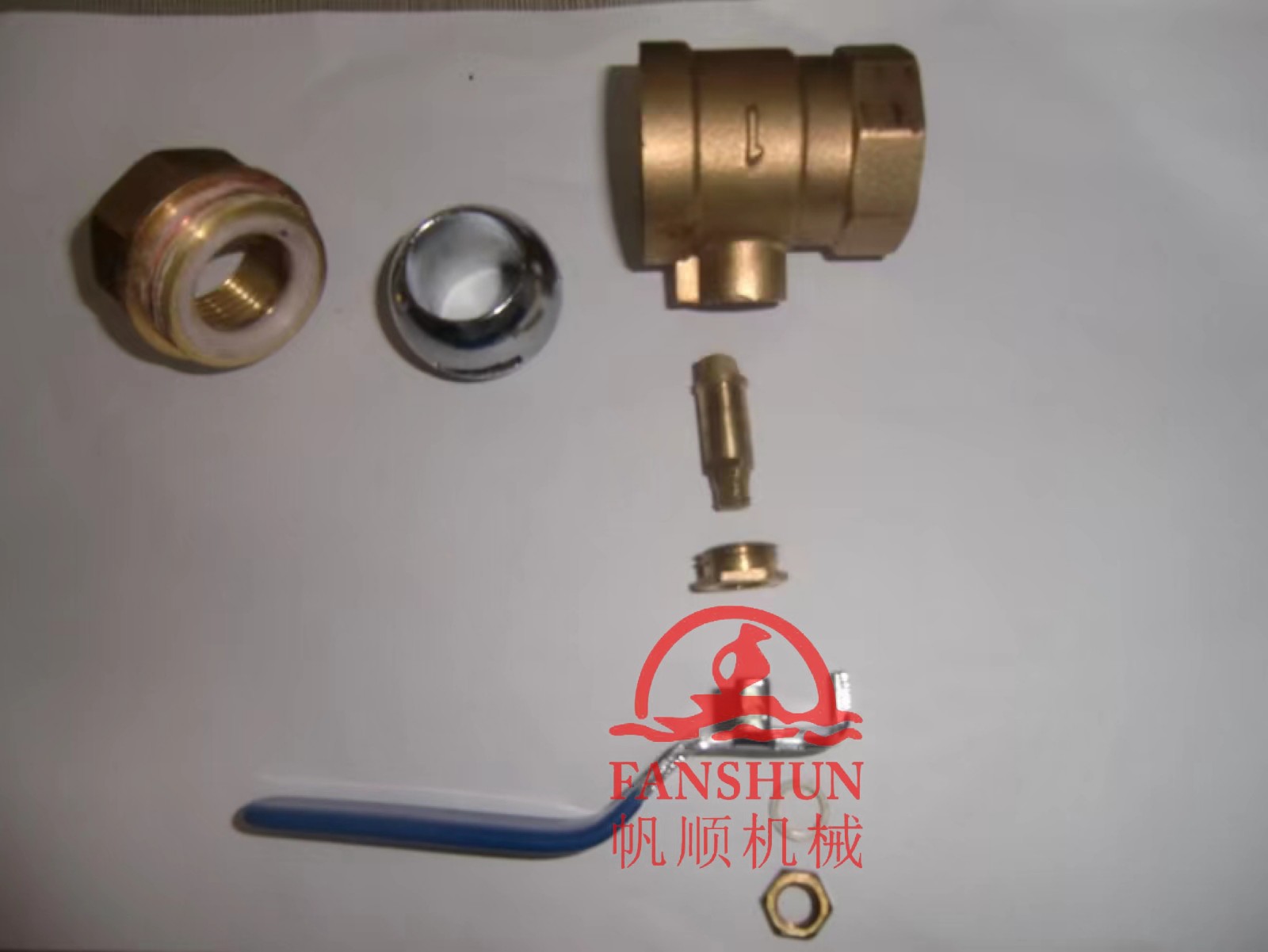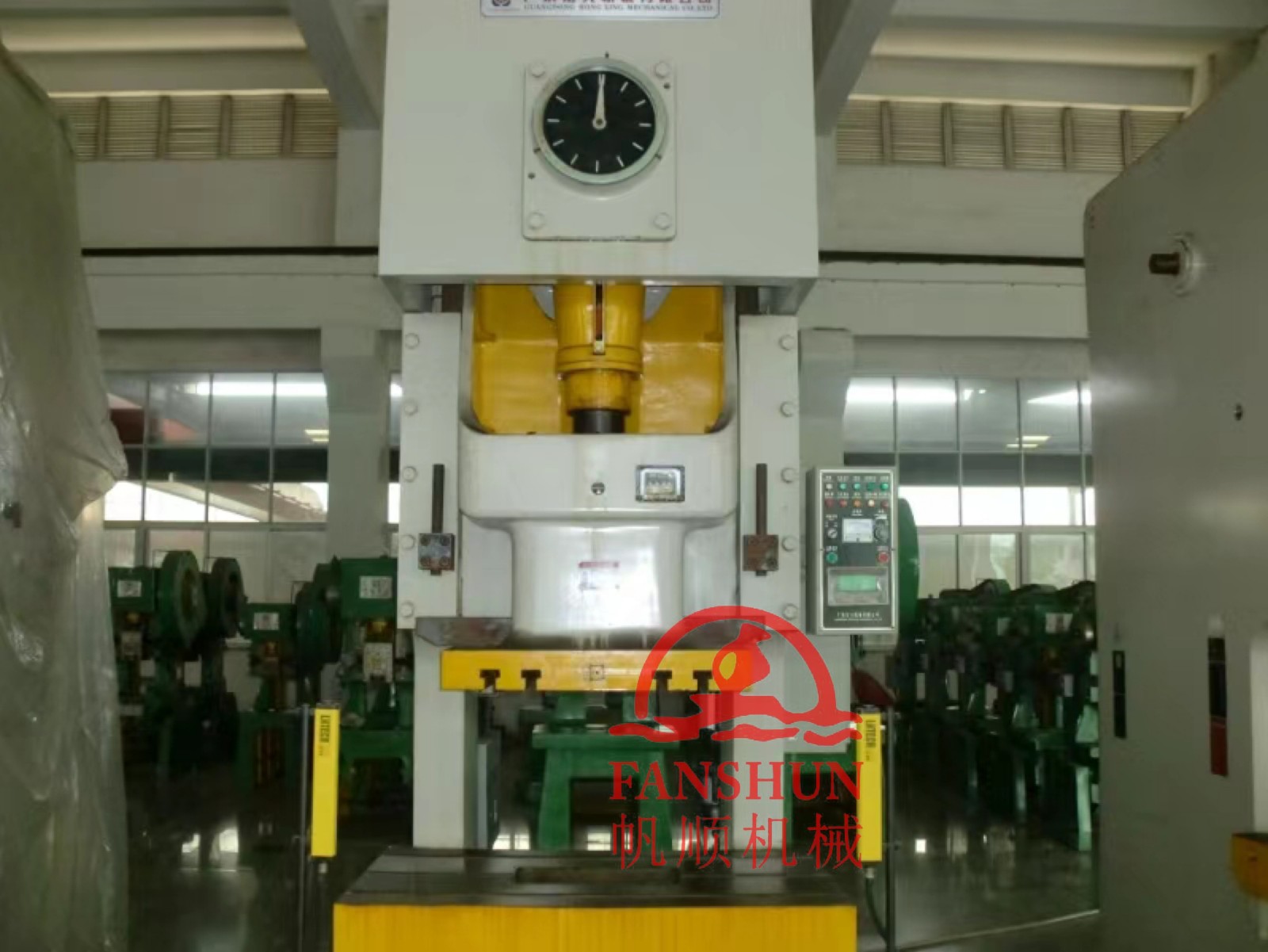How Copper Ingots Are Made: A Deep Dive Into Modern Production Techniques
Copper, one of the oldest metals known to humanity, plays a vital role in industries ranging from electronics to construction. The process of transforming raw copper into usable ingots involves a combination of traditional methods and cutting-edge technology. Copper ingots serve as the primary material for further processing into sheets, wires, and other copper products. This article will explore the intricate process of how copper ingots are made, focusing on the role of copper ingot casters, copper ingothttps://www.copperfurnace.com/product-copper-ingot-casting-line-for-faucet-production.html casting lines, copper ingot molding machines, copper ingot manufacturing machines, and copper ingot production machines in modern foundries.
1. The Raw Materials and Initial Preparations
The journey of a copper ingot begins with the extraction of copper ore, typically from open-pit mines. After the ore is extracted, it undergoes various stages of refinement, such as crushing, milling, and flotation, to isolate copper concentrates. These concentrates contain roughly 30% copper by weight. To turn this into pure copper, the concentrate undergoes a smelting process, where it is heated to extremely high temperatures in a furnace.
Once smelted, the molten copper is refined to remove impurities, resulting in high-purity copper, which is then ready for casting into ingots. At this stage, the copper ingot casting process begins. This is where advanced machinery like copper ingot casters, copper ingot casting lines, copper ingot molding machines, copper ingot manufacturing machines, and copper ingot production machines play crucial roles.
2. Copper Ingot Caster: The First Step in Shaping Copper
The copper ingot caster is often the first machine that directly handles the molten copper. This machine is responsible for shaping the refined molten copper into ingots by pouring it into a series of molds. Copper ingot casters are designed to ensure a consistent flow of molten copper, producing ingots of uniform size and weight.
A typical copper ingot caster consists of a mold assembly, cooling system, and a mechanism to pour the copper. The molten copper is guided into molds, which are then rapidly cooled to solidify the copper. The speed and precision of the copper ingot caster play a critical role in determining the quality of the final ingot.
Modern copper ingot casters are often part of a larger casting system and can be automated to control parameters such as pouring speed, cooling rate, and mold temperature. This automation ensures that the copper ingots produced are of consistent quality, with minimal defects.
3. Copper Ingot Casting Line: The Streamlined Production Process
While a copper ingot caster focuses on shaping the copper, a copper ingot casting line represents the entire production process from molten copper to finished ingots. A copper ingot casting line includes multiple stations, such as melting furnaces, pouring systems, cooling systems, and finishing equipment.
A typical copper ingot casting line operates in a continuous cycle. Molten copper is poured from the smelting furnace into the caster, then passed through various stages of cooling and solidification. Advanced systems often include automated conveyors to transport the ingots through each stage, allowing for high-volume production without sacrificing precision or quality.
In modern foundries, a copper ingot casting line may be fully automated. This reduces human intervention, improves safety, and enhances production efficiency. Copper ingot casting lines are designed to produce ingots of specific sizes and weights to meet the needs of different industries, from electrical wiring to industrial manufacturing.
4. Copper Ingot Molding Machine: Precision in Forming the Ingot
A key component of the casting line is the copper ingot molding machine, which ensures that each ingot is precisely formed according to industry specifications. The copper ingot molding machine works by introducing molten copper into molds, shaping the material into its characteristic rectangular form.
The molds used in the copper ingot molding machine can be made from various materials, including graphite, cast iron, or steel, depending on the desired quality and final application of the copper ingots. The precision of the copper ingot molding machine is crucial, as any variations in mold size or temperature can lead to defects in the final product.
Today’s copper ingot molding machines are often equipped with temperature control systems and real-time monitoring capabilities to ensure that the molten copper solidifies correctly. Consistency in size, weight, and shape is essential, as these factors influence the usability of the ingots in subsequent manufacturing processes.
5. Copper Ingot Manufacturing Machine: Turning Raw Materials into Finished Ingots
While the casting line and molding machine handle much of the physical shaping of the ingot, the copper ingot manufacturing machine integrates all aspects of production. This machine is responsible for transforming raw materials into finished ingots, ensuring that every step, from molten copper pouring to cooling and final shaping, is completed efficiently.
The copper ingot manufacturing machine is a comprehensive system that automates the entire process, including feeding molten copper into the molds, monitoring temperature, managing cooling times, and even handling ingot removal. In many modern foundries, the copper ingot manufacturing machine is part of a fully automated system that can produce thousands of ingots per day, significantly increasing production efficiency.
Copper ingot manufacturing machines are designed for both large-scale industrial applications and smaller, specialized foundries. These machines can be customized to produce ingots in various sizes, weights, and purity levels, catering to the specific needs of industries such as automotive, aerospace, and electronics.
6. Copper Ingot Production Machine: Ensuring Continuous High-Quality Output
A copper ingot production machine plays a key role in ensuring that the copper ingot manufacturing process operates smoothly and efficiently. This machine is often part of an automated system that handles everything from raw material feeding to final product packaging.
Copper ingot production machines are engineered for high-volume production, offering the capability to run continuously with minimal downtime. These machines are designed with durability in mind, often built to withstand extreme temperatures and the rigors of continuous operation.
In many cases, the copper ingot production machine is integrated with other equipment, such as sorting and stacking machines, to streamline the process further. This automation ensures that copper ingots are produced with consistent quality, reducing waste and improving overall efficiency.
7. Modern Advancements in Copper Ingot Production
As industries demand higher-quality copper products, innovations in copper ingot production continue to evolve. Automation and digital technology play an increasingly important role in enhancing the capabilities of copper ingot casters, copper ingot casting lines, copper ingot molding machines, copper ingot manufacturing machines, and copper ingot production machines.
Modern foundries are now incorporating artificial intelligence (AI) and machine learning (ML) into their production processes. These technologies enable real-time monitoring and adjustments to be made during the casting process, ensuring that every ingot meets exact specifications. The use of robotics in handling molten copper, mold transportation, and ingot stacking further increases efficiency while reducing the risk of human error or injury.
8. Conclusion
The process of making copper ingots is a complex and highly technical one, requiring precision and advanced machinery. From the initial pouring of molten copper in the copper ingot caster to the seamless operation of the copper ingot casting line, each stage of production is crucial to ensuring the quality and consistency of the final product. The copper ingot molding machine, copper ingot manufacturing machine, and copper ingot production machine each play distinct roles in shaping, refining, and delivering high-quality copper ingots for use in a wide range of industries.
As technology continues to advance, the future of copper ingot production looks set to become even more efficient and sophisticated, with automation and AI driving the next generation of copper ingot casters, copper ingot casting lines, and other critical machines. These innovations will undoubtedly continue to shape the way we produce one of the world’s most essential materials.




